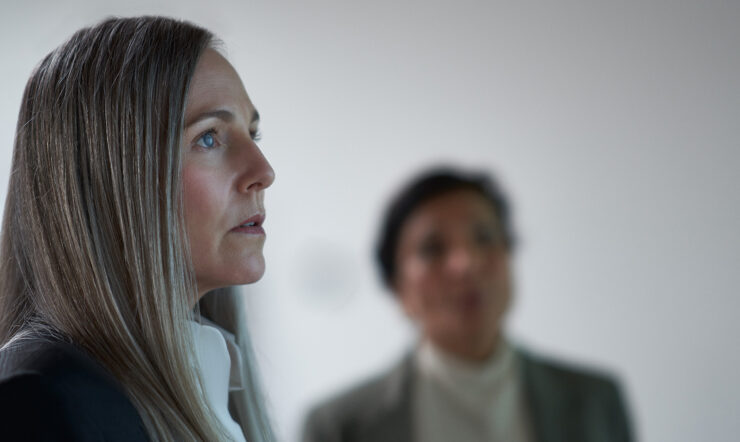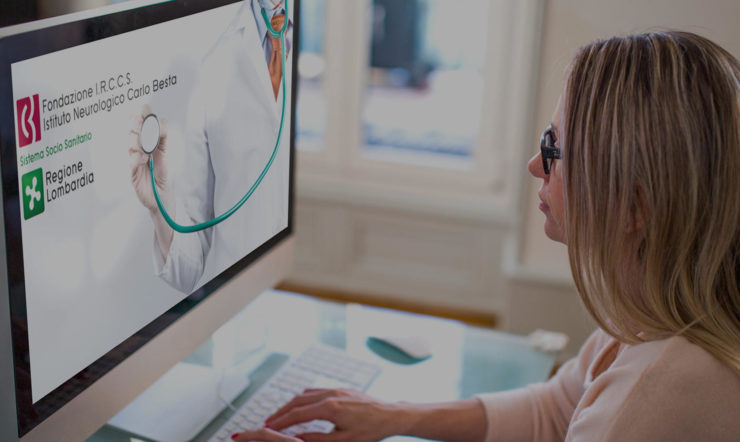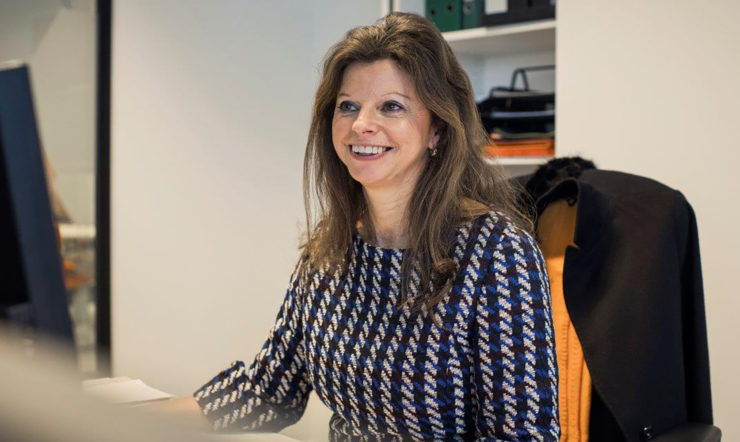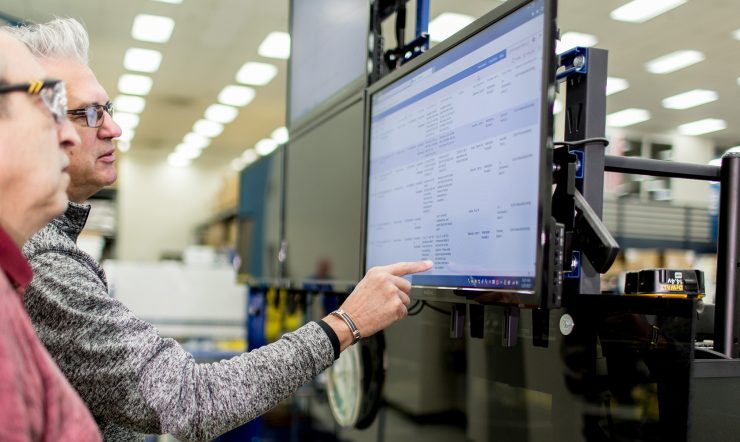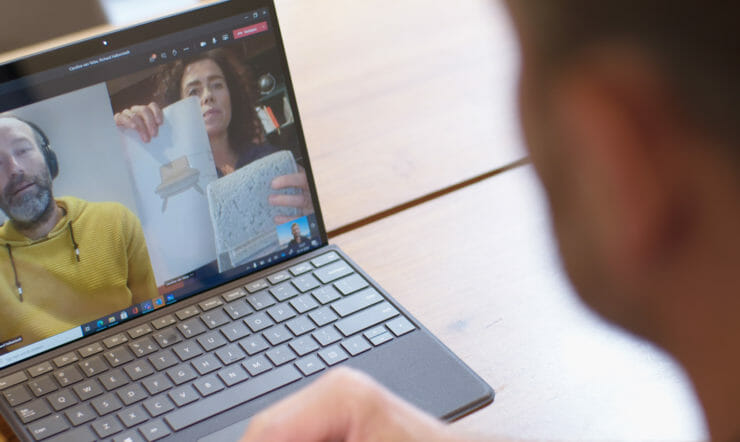When you’ve been working in digital security for a quarter of a century, as I have, people often ask what my number 1 piece of advice is to help businesses and organizations build trust with their customers and partners.
My answer is always the same: “Don’t be creepy!”
I know it’s a cliché to use films as parallels, but there’s a great example of what I’m talking about in Minority Report. Forget about the film’s overall premise, to predict when someone is likely to commit a crime before they do it. For me, the creepiest bit of the film is when Tom Cruise’s character walks into a department store and they scan his eyeball and then tell him exactly what clothes he’ll like. It might seem like a really good service, but it’s creepy. And I think people are worried about creepy things.
When companies talk about using advanced technologies like AI, an implication is that customer data can be used to profile people. So companies who do use AI have to do so with integrity and in an ethical way, so that people trust they’re using it with good reason and to good ends. Overstep the line, and you lose that trust.
My role is helping organizations to use technology in a way that builds trust. Here, I want to share some of the key things I think CISO’s should consider when approaching security in the digital age.
The importance of making trust leaps
Someone who has influenced a lot of my thinking on trust is Rachel Botsman, in particular her concept of what she terms Trust Leaps. For Botsman, trust leaps are when people have to make a mental leap from the known into the unknown. These leaps are characterised by a particular emotion: uncertainty.
When organizations move from on-premise to cloud-based infrastructures, they have to make a trust leap, which is to say: they have to confront uncertainty. So when we do make the leap to digital transformation, there needs to be enough information and visibility to make that leap as comfortable as possible.
Those CISOs who embrace the move to the cloud are looking at hyper-scale cloud service providers like Microsoft and asking themselves questions like:
- Do I think that you as an organization are going to look after my data?
- Do I know that I’ve got control over that data when it’s there?
- Do I have visibility of what’s happening in the cloud service?
- Can I get an understanding of how you’re going to operate in the backend?
- Will I get visibility of risk?
We do everything we can to answer these questions and more because we understand that moving to the cloud is a massive chasm of trust to leap over for some organizations. The more information and transparency we can give, the less daunting that leap will be. Because ultimately, trust comes down to people feeling they are in control, and that what they expect to happen, will happen.
How transparency reduces the need for trust
Transparency is a word that often comes up when we talk about trust. But something Rachel Botsman points out that really resonated with me is that transparency does not actually build trust. What it does is reduce the need for trust. By being transparent, you reduce the amount of unknown, so it’s less of a leap to make to trust.
When it comes to security, having the right controls in place so you can see what’s happening, audit what happens and show engagement – all of that creates greater transparency, and so reduces the trust gap.
But I also believe that under the right circumstances, transparency can actually be used to build trust. The Norsk Hydro data breach is a great example of this in action.
Norsk Hydro is a huge global aluminium manufacturer whose factories rely on digital technologies to power their machines. So when they were hit by a massive ransomware attack, it spelled potential disaster for both their production line and brand image. But their response saved them.
When the attack hit, they held a public press conference. They were very transparent about it. They were transparent about the attack itself, the investigation, their engagement. So rather than the breach having a negative effect on their image, a lot of the commentary from people at the time was about the trust and respect they built in the industry because of the way they responded transparently to deal with it.
That’s a classic example of taking lemons and making lemonade with them. And it was made possible by being transparent, ethical, honest, and responsible with the trust of customers and partners whose data was put at risk.
Taking responsibility for cyber security
One of the characteristics of trust and privacy is that it is very emotional. To trust is to be vulnerable, and cyber criminals know that, which is why our trust is often the gateway they try to exploit to gain entry to our organizations.
They will continue to succeed. Because people are people, and they will continue to make mistakes. It’s easy to say “If you get a link, don’t click on it.” But security experts have to remember that the modern world has been set up to encourage people to click on links. So saying “don’t click on the link” is really saying “don’t do the thing you’ve been conditioned to do for the past 15 years”. It’s unrealistic, and I think security experts can be too hard on end-users, expecting them to behave in a way that isn’t natural to them.
The better response is to expect the breach and be prepared for it. That’s how I operate: I expect criminality to exist. I expect humans to make mistakes. And I accept responsibility for trying to manage that equation and mitigate its impact.
As I see it, technology is the greatest defence we have in this fight.









